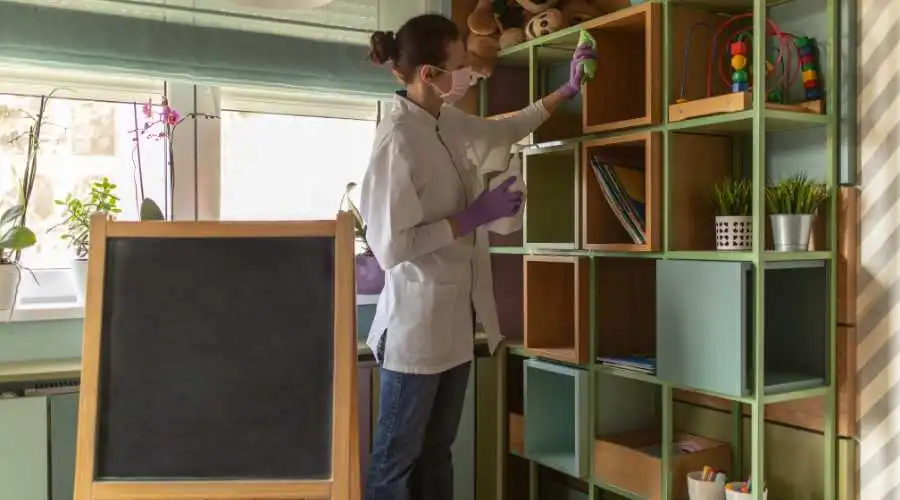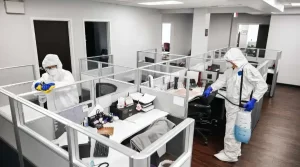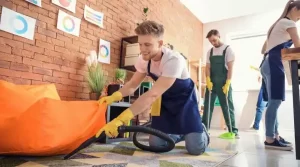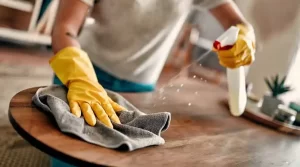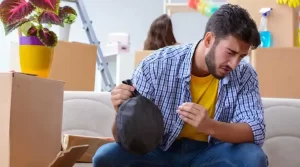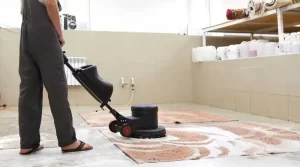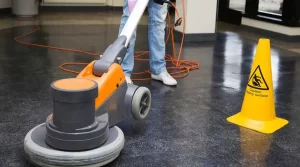Janitors and cleaners are essential in any school setting. A clean and healthy school environment has a tremendous impact on the productivity and accomplishment of children.
You might be interested in learning how various school styles do in terms of cleanliness. Which group of students—those who are older or younger—should you tidy up after? In this essay, we’ll look at the importance of keeping a school spotless and how high schools and elementary schools handle cleaning.
Unpleasant and dirty environments can make learning more challenging at any level of education, whether it is preschool, high school, or tertiary. Several factors may cause students to suffer in a filthy school:
Good health In schools, virus outbreaks are a frequent issue. It’s essential to keep bathrooms, surfaces, and locations where students prepare or consume food clean because these diseases are so contagious. Since schools commonly use shared areas, this is very important.
Attendance will undoubtedly be impacted if a school is constantly dealing with illness outbreaks. A pupil will have trouble in class if they are constantly homesick.
Students who are working in an unpleasant setting will be less focused and productive. A tidy and well-maintained learning environment is essential for kids to get the most out of school.
Cleaning Up Kindergartens
In early childcare institutions like preschools and kindergartens, there is a lot of activity, fun, and creativity. The days are filled with gardening, water play, sandbox time, arts & crafts, and other creative learning activities. This implies that kindergartens can easily become unclean and that keeping them clean and organized can be difficult.
Additionally, kindergartens feature a huge selection of shared toys and cooking items. In order to reduce the likelihood of germs migrating from one place to another, sanitation is essential.
It’s important to remember that young children are more prone to illnesses and infections. Compared to adults, they have less developed immune systems. There may be younger siblings or babies at home who have not yet received all of their immunizations, despite the fact that the majority of kindergarten pupils will be inoculated. The safety of other children at home is also influenced by maintaining a good learning environment.
As a result, cleaning kindergartens will likely focus on:
Sanitation of surfaces, including chairs and tables, with emphasis on cleaning the kitchen and bathroom.
Because young children are more susceptible to allergies and asthma, it is advisable to avoid dust, pollen, and other airborne allergens as much as possible.
Glass windows and doors. There are plenty of grimy little handprints in every kindergarten. Regular glass cleaning is necessary to keep everything looking attractive and new.
vacuuming and mopping. Small children or babies spend a lot of time playing on the floors in early childcare facilities, which are very easily dirty. An occasional carpet cleaning service is needed to keep it in top shape.
Cleaning Up High Schools
Cleaning up after older kids can be a very different process. Anyone who has even a passing familiarity with a high school knows that some areas can quickly become unclean and unpleasant.
The first thing that comes to mind is the bathrooms. High school bathrooms that are left unattended sometimes wind up being sloppy, with used paper towels that haven’t been disposed of, water that has spilled on the floors and sinks, and hand soap or sanitizer that has been smeared on the sinks. Here are some suggestions we have for better restrooms in schools.
High schools also have less direct supervision than kindergartens. The kindergarten staff will clean up after the children and is always with them. Because teachers in high school don’t have the same responsibilities as students, messes in toilets or homerooms are more likely to be left for the cleaners. You are also more likely to find typical trash, leftover food, or rubbish that has been thrown at a high school.
The majority of high school cleaning will therefore involve:
To avoid slips and mishaps, bathrooms should be cleaned and sanitized, and floors should be mopped, removing any trash or leftover food from the classrooms and homerooms, and cleaning the tables in the canteens or eating areas.
Depending on the types of education the school offers, some areas could be dirtier and require specific maintenance. A room for textile, woodworking, or culinary technology may be included in this.
Whether these are benefits or drawbacks depends on what you do and don’t mind doing. Cleaning kindergartens can be a wonderful fit for you if being precise is your thing because they require a higher level of care. However, if you are better at general cleaning (and aren’t afraid of a little more mess), high school cleaning might be more your style.

